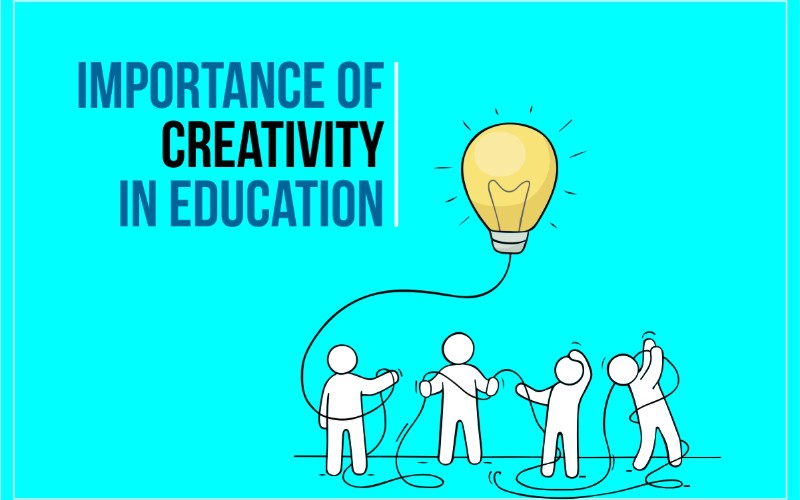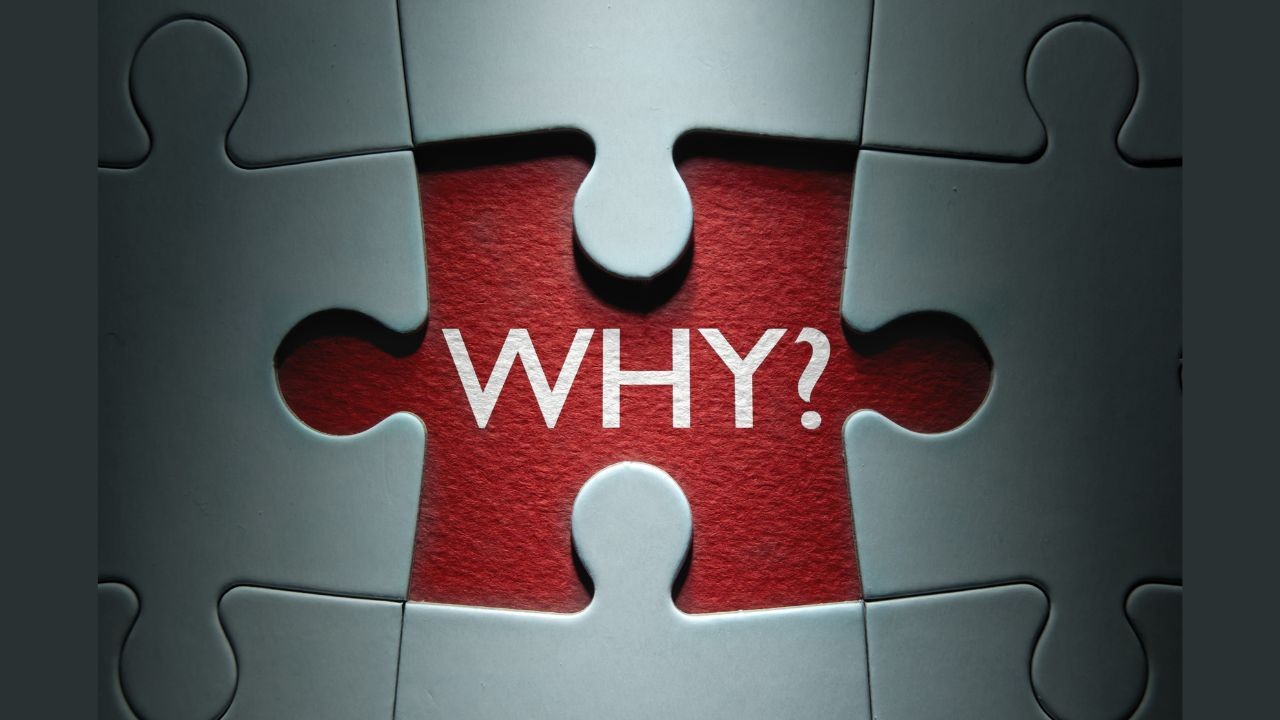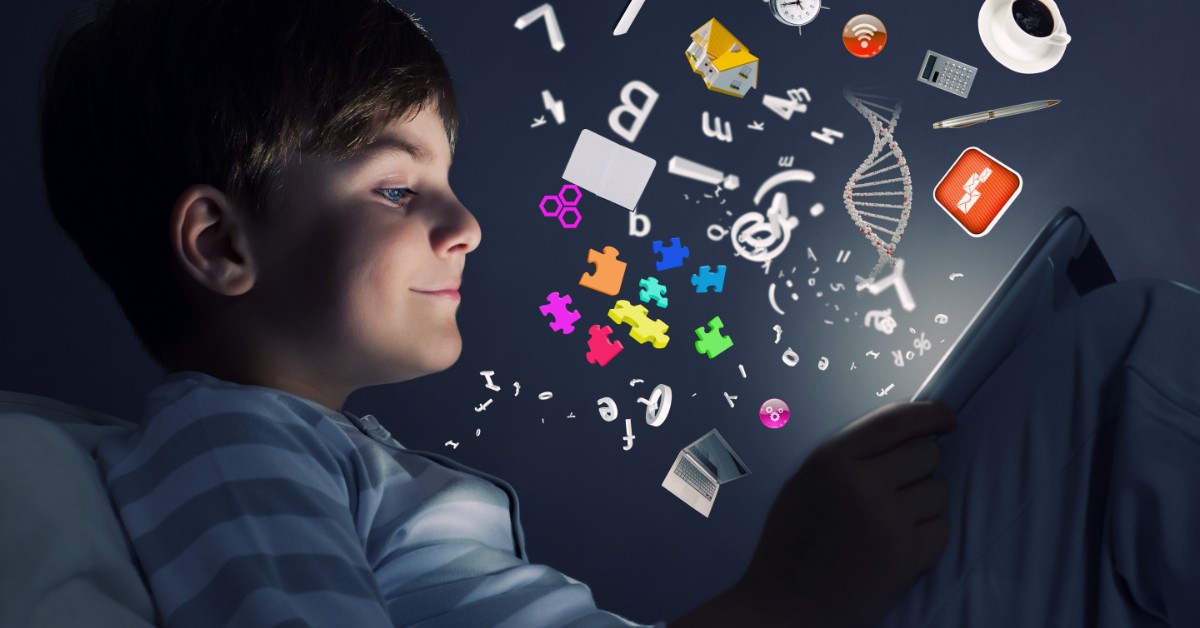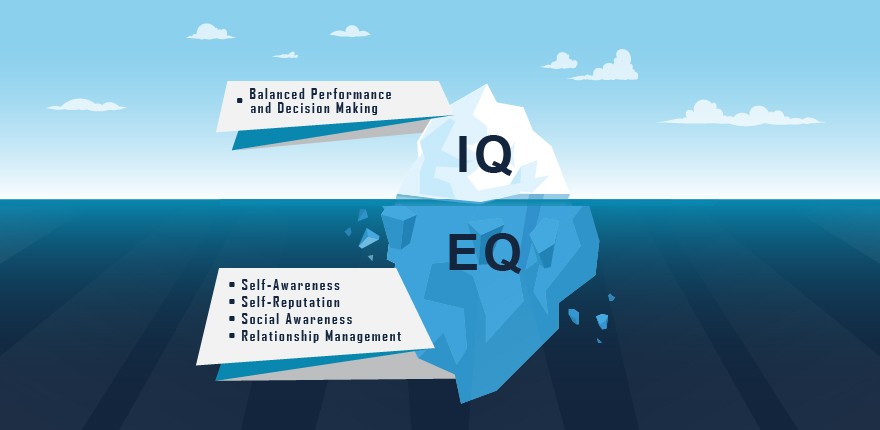Learning, at its best, is not a mechanical process—it’s a dynamic, imaginative pursuit that thrives on creativity. When learning is creative, it becomes more than the transfer of information; it becomes a transformative experience. Creativity infuses energy into the act of understanding, allowing learners to connect ideas, explore possibilities, and engage with material in ways that are both personal and powerful. In business, education, and personal development, creative learning fosters adaptability, innovation, and deeper retention, making it an essential ingredient for meaningful growth.
Traditional approaches to learning often emphasize repetition, memorization, and standardized outcomes. While these methods have their place, they can also limit engagement and stifle curiosity. Creative learning, by contrast, invites exploration. It encourages learners to ask questions that don’t have obvious answers, to experiment with different methods, and to express understanding in varied formats. A business student studying organizational behavior might not only read case studies but also design a hypothetical company culture, role-play leadership scenarios, or create visual models of team dynamics. These creative exercises deepen comprehension and make abstract concepts tangible.
Creativity also enhances problem-solving. When learners are encouraged to think creatively, they develop the ability to approach challenges from multiple angles. This flexibility is especially valuable in complex environments where solutions are not straightforward. A professional navigating a strategic pivot might benefit from brainstorming sessions, scenario planning, or storytelling techniques to envision outcomes and anticipate obstacles. These creative tools don’t replace analytical thinking—they complement it, allowing for richer insights and more innovative strategies. The fusion of logic and imagination is what drives breakthrough ideas.
Moreover, creative learning supports emotional engagement. When learners are invited to bring their own perspectives, experiences, and interests into the process, they feel more connected to the material. This emotional resonance increases motivation and persistence. A student who writes a personal essay on economic inequality, drawing from both data and lived experience, is likely to invest more deeply in the topic than one who simply summarizes textbook chapters. The act of creating fosters ownership, and ownership fuels commitment. Learning becomes not just something to complete, but something to care about.
In business settings, creative learning can be a catalyst for team development and innovation. Workshops that incorporate design thinking, storytelling, or collaborative prototyping often yield more engagement and better outcomes than traditional lectures or slide decks. These methods encourage participants to contribute ideas, challenge assumptions, and build on each other’s input. The result is not just a more enjoyable experience, but a more effective one. Teams that learn creatively tend to be more agile, more cohesive, and more capable of navigating change.
Technology has expanded the possibilities for creative learning, offering tools that support multimedia expression, interactive exploration, and personalized pathways. Learners can now create videos, podcasts, digital portfolios, and simulations to demonstrate understanding and share insights. These formats allow for diverse voices and approaches, making learning more inclusive and accessible. A marketing professional might build a campaign prototype using digital design tools, test it with peers, and refine it based on feedback—all within a creative learning framework. The process mirrors real-world application and reinforces both skill and confidence.
Importantly, creative learning also nurtures critical thinking. It’s not about abandoning structure or rigor—it’s about expanding the ways in which learners engage with complexity. When students are encouraged to interpret, synthesize, and reimagine information, they develop deeper analytical skills. A learner studying international relations might create a mock negotiation between countries, exploring the nuances of diplomacy, power dynamics, and cultural context. This exercise requires not just knowledge, but judgment, empathy, and strategic thinking. Creativity becomes a vehicle for intellectual depth.
The benefits of creative learning extend beyond the classroom or training room. They shape how individuals approach life, work, and relationships. People who learn creatively tend to be more curious, more open to feedback, and more willing to take risks. They see learning as a continuous process, not a finite task. This mindset is invaluable in a world that demands adaptability and lifelong development. Whether navigating career transitions, launching new ventures, or engaging in civic life, the ability to learn creatively equips individuals to thrive.
Ultimately, learning should be creative because creativity is what makes learning human. It brings color to concepts, emotion to ideas, and relevance to information. It transforms passive consumption into active engagement and turns routine tasks into meaningful exploration. In business, education, and beyond, creative learning fosters not just competence, but confidence, connection, and curiosity. It’s not a luxury—it’s a necessity for anyone who wants to grow with purpose and impact. When learning is creative, it doesn’t just inform—it inspires. And that inspiration is what drives real change.





